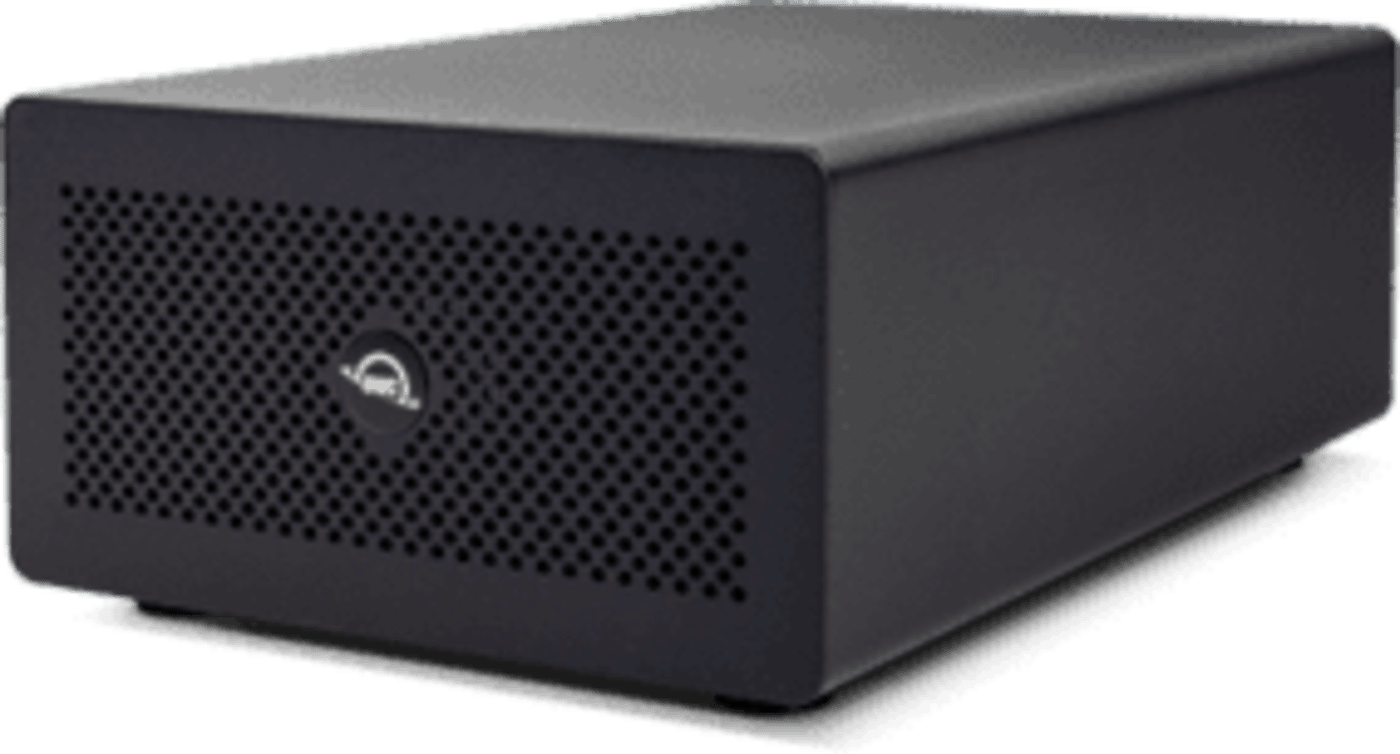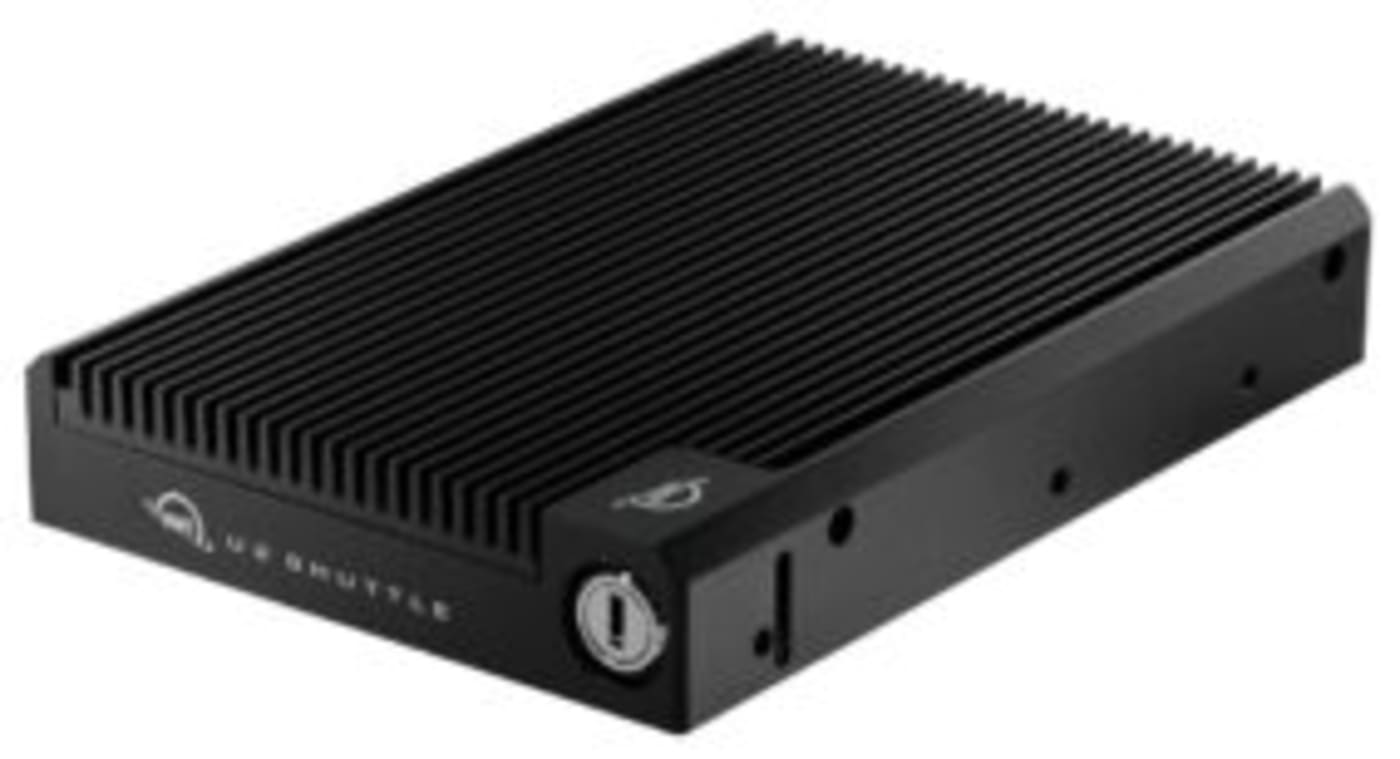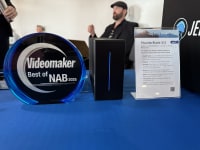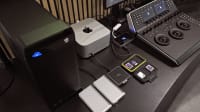
Searching for the best U.2 SSD for gaming comes with a few considerations. Speed would be top of the list and, don’t worry, we’ve got you covered. There are a few other key components to be looking for. What about data redundancy? Cool operating temperatures? Or a modular enclosure offering you the perfect way to customize your storage arrangement? U.2 is a storage platform that offers unique benefits that set it apart from SATA and even M.2 devices.
With ever-increasing core and thread counts, faster I/O such as Thunderbolt 4 and USB 3.2, and 10GbE networking becoming standard features on desktops and laptops, the lines between gaming, content creation, and professional workstations are increasingly becoming blurred – as are the respective roles for these positions. It would not be uncommon for a pro-gamer to live stream, edit a mashup reel, and render some 3D title graphics to bring it all together. Many in this field are upgrading and replacing internal SSD drives with NVMe-based flash storage. Let’s explore the benefits of U.2 storage in a gaming setup.
What is U.2 SSD storage?
As the same suggests, it is similar to M.2 SSD storage. It operates as NVMe storage over the PCIe protocol. Where is it different? U.2 interfaces with a cable that plugs into the motherboard rather than mounting directly onto the motherboard itself. U.2 drives are typically found as 2.5” and 3.5” enclosures that are physically like a platter drive. By mounting the volumes in a tower away from the motherboard, the drives can be cooled separately with their fans and can lower overall system temperatures compared to M.2. In addition, this design also allows U.2 volumes to be docked in the chassis, either by using drive bays onboard a tower or using an external dock like the Mercury Helios.

So Long, SATA
In gaming, read and write speeds are crucial. By installing games onto high-bandwidth interfaces such as an internal tower system or a Thunderbolt device, titles will perform better by having fast access to assets such as graphics textures and sound clips. Additional speed gains are found by leaving a SATA volume in favor of an NVMe volume. SATA drives must interface with a storage controller which interprets the commands for the CPU. NVMe storage bypasses this intermediary step by sending instructions along the PCIe lanes directly to the CPU to interpret.
By communicating with a PCIe lane in favor of a SATA controller, real-world read and write speeds are usually five times higher when using an NVMe volume vs. a SATA SSD volume. Extending this point beyond strictly loading game assets, the additional speed afforded in this solution provides overhead. This means you have the bandwidth to spare for additional tasks like recording multiple streams of HD or 4K video, such as a gamer cam and a screen capture, and a microphone all directed to the same storage device.
The OWC Advantage
With an OWC U2 Shuttle in your rig, you will immediately benefit from data overhead. The 3.5” sized SSD enclosure features storage bays for up to four M.2 drives. From here, the choice is yours on how to proceed! Mirror volumes for enhanced redundancy or dedicate individual bays to segment volumes based on the task. For instance, a boot volume, a games installation volume, and a video editing render volume. By leveraging multiple drives together in a single array, there will be enough performance overhead from the volumes to fully saturate the transmission pipeline. Not to mention packing as much as 32TB of NVMe storage into a single 3.5” bay!

Many motherboards in the content creator space feature U.2 ports onboard from the likes of Asus and MSI. In addition, M.2 lanes can be converted to U.2 lanes with an adapter card. U.2 drives can also be used in Thunderbolt hosts like the Mercury Dual U2 and Thunderbay Flex 8, which are also bootable devices.
What Is the Best U.2 SSD for Gaming?
The best U.2 drive is the one that offers the most amount of flexibility. Beyond raw speed performance, you gain a drive that can be configured in any RAID solution such as RAID 0, 1, 4, 5, or 10, and pack up to 32TB of storage in a single 3.5” bay.
Since U.2 devices are not mounted directly onto a motherboard of PCI-card, drives can be moved between systems a bit easier by placing the OWC U2 Shuttle in a dock-style bay or external Thunderbolt such as the Mercury Helios. The massive amounts of data overhead provided by U.2 storage means you can quickly load assets in games while streaming and recording multiple streams of high-quality video either from a webcam and game capture. You won’t have to trade-off game performance from game recording again.
Other topics you might like
This Race Documentary is a Masterclass in Real-Time Storytelling
Updated on Apr 15, 2025
OWC’s New ThunderBlade X12 Awarded Best Desktop Storage of NAB 2025
Updated on Apr 9, 2025
Live Demos, Blazing Speeds – Get Hands-On with the OWC ThunderBlade X12 at NAB 2025
Updated on Apr 7, 2025
Classic Animation Meets Modern Horror – How OWC Helped Build the Nightmare of Screamboat
Updated on Apr 3, 2025



